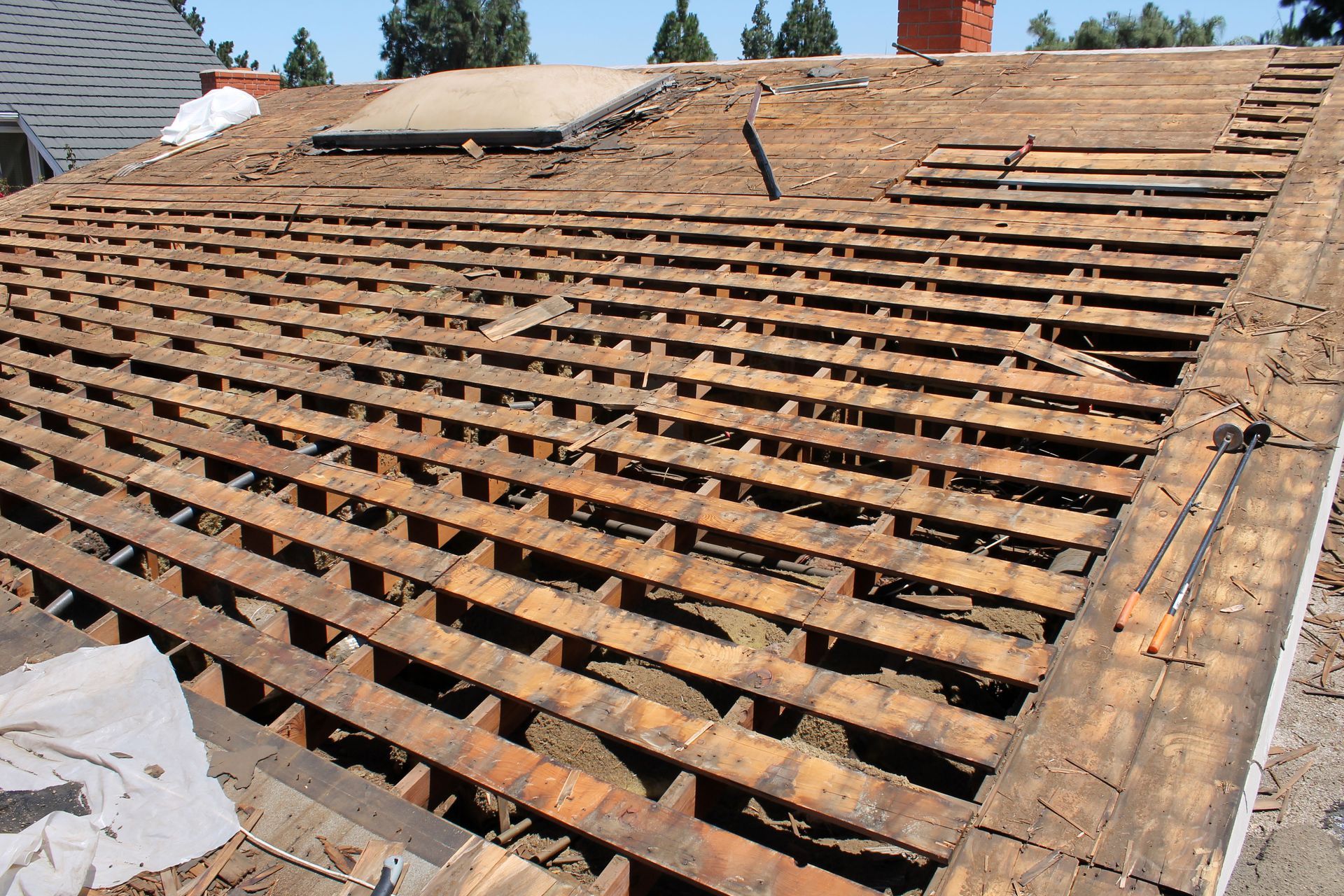How Seasonal Weather Affects the Cost and Timing of Roof Repair
When it comes to maintaining your home, your roof is one of the most critical components to keep in top shape. It protects your property from the elements, adds curb appeal, and contributes to energy efficiency. However, one aspect homeowners often overlook is how dramatically the seasons can impact both the cost and timing of roof repair. From harsh winters to hot summers, weather conditions play a major role in when and how your roof can be serviced.
Understanding these seasonal variations can help you plan better, save money, and avoid the stress of emergency fixes. Whether you're dealing with storm damage or simply addressing age-related wear, knowing when to schedule repairs is key to a smooth experience.
Winter Challenges and Limitations
Winter might seem like a quiet time for home improvement projects, but it's not ideal for most roof work. Cold temperatures can make roofing materials brittle and difficult to work with. Asphalt shingles, for instance, are less pliable in low temperatures, which increases the chance of breakage during installation or repair. Snow, ice, and frost also create hazardous working conditions for roofers, leading to safety concerns and delays.
Additionally, adhesives and sealants used during roof repair often don’t cure properly in cold or damp conditions. This means even if a repair is technically possible, the quality may not be up to standard. If repairs absolutely must be done in winter, you may end up paying a premium for emergency labor or specialized cold-weather materials. In some cases, temporary patches may be used until a permanent fix can be completed under better conditions.
Another issue is the limited daylight hours, which shorten the available time crews can safely work each day. Combined with unpredictable weather, this can cause delays and extend the project timeline. That said, winter is a good time to schedule inspections and plan out work for early spring, before roofing contractors get fully booked.
Spring: A Busy but Optimal Time for Repairs
As temperatures warm and snow melts, spring becomes a popular season for roof maintenance. This is when many homeowners discover damage from winter storms, such as missing shingles, cracked flashing, or water stains on ceilings. The moderate temperatures make it easier for contractors to work, and materials perform better during application.
Because demand for roof repair spikes in the spring, scheduling early is important if you want to avoid delays. While prices can rise due to the seasonal rush, it’s also a time when roofers are more actively looking for work compared to summer. This makes it possible to shop around and find competitive pricing—especially if you're proactive.
Spring is also a great time for preventative maintenance. Spotting minor issues before they worsen saves money and helps extend the life of your roof. According to This Old House, the typical lifespan for asphalt shingle roofs is between 15 to 30 years. Regular checkups in spring can help you catch signs of aging before a full replacement is needed.
Summer Heat Brings Efficiency and Risks
Summer offers consistent weather and longer daylight hours, making it one of the most efficient seasons for roof work. Dry conditions help with the installation and curing process, especially for sealants and adhesives. Most materials, including shingles and underlayment, adhere well and settle properly when installed during warm, dry weather.
However, extreme heat can present challenges. In areas with high summer temperatures, roof surfaces can become dangerously hot, posing a risk to both workers and materials. Shingles can become overly soft and prone to scuffing, while the intense heat can shorten the workday due to safety regulations.
Additionally, the risk of dehydration and heat-related illnesses means crews may need to take more frequent breaks, slowing overall progress. Some roofing materials may also expand under high heat, which can affect how they fit and function when temperatures return to normal. These complications can increase labor time and, in some cases, even impact the durability of the finished work if not addressed properly.
Despite the risks, summer is often considered the peak season for roof repair. Because of this, labor costs may be higher, and scheduling can be more difficult. If you’re planning a summer project, book early and be prepared to pay a premium if you're working with a high-demand contractor.
Fall: Ideal Timing Before Winter Sets In
Many roofing professionals consider fall the best season for roof repair. Temperatures are cooler, but not yet cold, allowing for ideal working conditions. Materials are easier to handle than in summer or winter, and there’s a sense of urgency among homeowners looking to prepare for the harsher months ahead.
Because of this urgency, fall can be a busy time for roofers. Still, it’s a great window for tackling both minor fixes and larger projects like replacements. The weather is predictable, making it less likely that your project will be delayed due to rain or storms.
This is also the last chance to handle repairs before snow and ice hit. Small issues like loose flashing or cracked shingles can quickly turn into major problems if left unaddressed over the winter. Prioritizing fall repairs helps ensure your home is fully protected before the cold sets in.
Emergency Repairs and Off-Season Considerations
While seasonal planning is ideal, roofing issues don't always follow a calendar. Unexpected storms, falling debris, or unnoticed leaks can cause damage that requires immediate attention. In these cases, emergency roof repair may be necessary, regardless of the season.
Emergency services often come with higher costs due to rushed labor, special equipment, or temporary fixes to bridge bad weather. However, many roofing companies offer year-round service to handle urgent situations. If you do need to schedule off-season work—such as in winter—be prepared for higher prices and the possibility of limited availability.
That said, there are benefits to scheduling non-urgent work during slower seasons. Late winter and early spring, before peak season begins, can be an excellent time to secure better pricing and faster service. Some contractors offer off-season discounts to keep their crews busy year-round. If your project is flexible, this could be a cost-saving opportunity worth exploring.
Seasonal weather has a significant impact on the cost, timing, and success of roof repair. Each season presents its own set of challenges and advantages, from winter’s limitations to fall’s optimal conditions. By understanding these factors and planning accordingly, you can make informed decisions that protect your home and your budget.
Whether you're dealing with storm damage, aging materials, or routine maintenance, being proactive is key. Scheduling inspections in spring, booking ahead in summer, or acting quickly in fall can help you avoid costly emergencies and extend the life of your roof. With the typical lifespan of asphalt shingles ranging between 15 to 30 years, keeping your roof in good shape through timely repairs is a smart investment.
When in doubt, consult with a trusted roofing professional who can guide you on the best time to address your specific needs. After all, no matter the season, a well-maintained roof is essential for the comfort, safety, and value of your home.
Protect your home year-round with expert help from All Over Roofing. Contact us today to schedule an inspection or get a personalized quote—our team is ready to help you plan your next roof repair the smart way, no matter the season.






Share On: